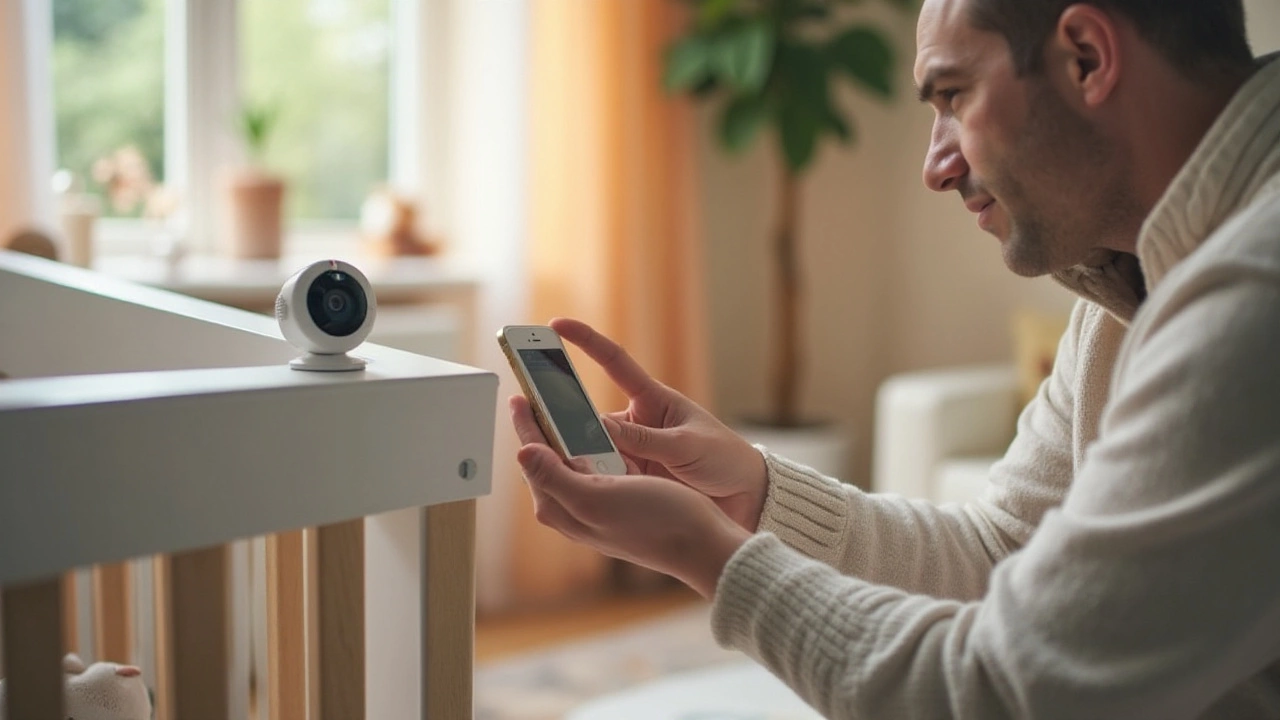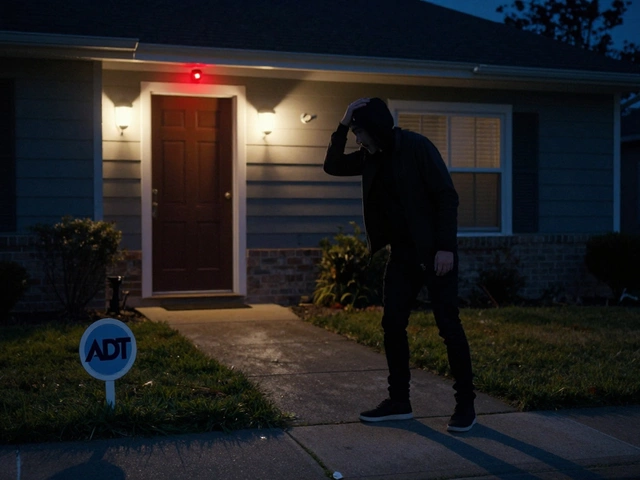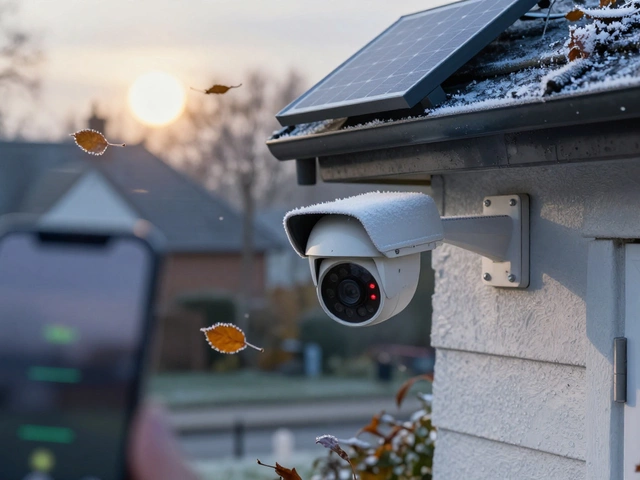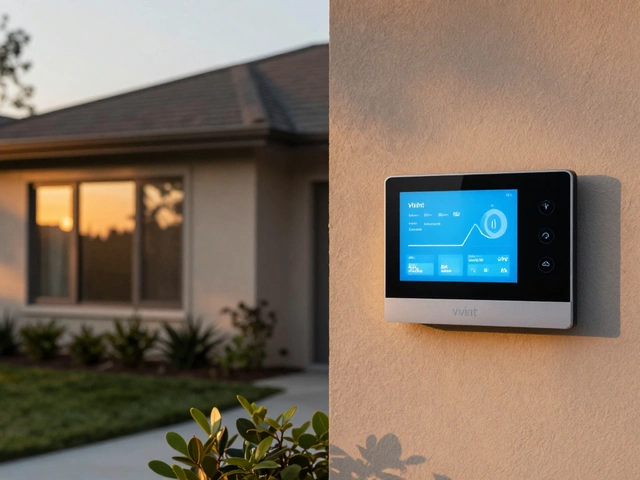Listening Devices: What They Are and How They Can Boost Your Home Security
Ever wondered if a tiny microphone could help you keep an eye (or ear) on your house? Listening devices are small audio recorders that capture sound inside or around a property. They’re handy for checking on pets, listening for a broken window, or verifying an alarm trigger. The key is picking the right type, installing it correctly, and making sure nobody can misuse the recordings.
Pick the Right Listening Device for Your Needs
First off, decide what you actually need. If you just want to hear a baby’s cry from another room, a basic baby monitor with a built‑in mic works fine. For broader security, look for a Wi‑Fi or cellular audio sensor that sends alerts to your phone. Battery‑powered devices are great if you can’t run wires, but they need regular charging or replacement. Hard‑wired mics give constant power and a steadier connection, though installation can be a bit more involved.
Check the specs before you buy. A good listening device should have clear audio quality (at least 16 kHz sampling), motion‑triggered recording, and encryption for the data it sends. Some models also let you talk back, turning the mic into a two‑way intercom – perfect for talking to a kid or a delivery driver.
Set Up Your Listening Device Safely and Effectively
When you install, pick a spot that captures the sound you care about but stays out of sight. Corners of a hallway, near a front door, or above a baby’s crib are common spots. Aim the mic away from noisy appliances to avoid false alerts. If you’re using a Wi‑Fi device, place it within a strong signal range, or consider a cellular‑based unit if your internet is spotty.
Secure the device with a password and enable any available encryption. Most modern devices let you set a unique login and separate the video feed from the audio feed for added privacy. Don’t forget to set up alerts on your phone – a push notification when the mic picks up a loud noise can be a lifesaver.
Finally, think about privacy. Talk to housemates about the listening device and where it’s placed. In the UK, you must respect the Data Protection Act, which means you should only record audio where there’s a legitimate security reason and store it securely. Deleting old recordings regularly helps stay on the safe side.
Listening devices can be a simple, low‑cost way to add another layer of protection to your home. By choosing the right model, installing it thoughtfully, and keeping the data secure, you get peace of mind without a lot of hassle. Ready to give your home ears? Start with a reputable brand, follow the setup tips above, and you’ll be listening in on safety in no time.






